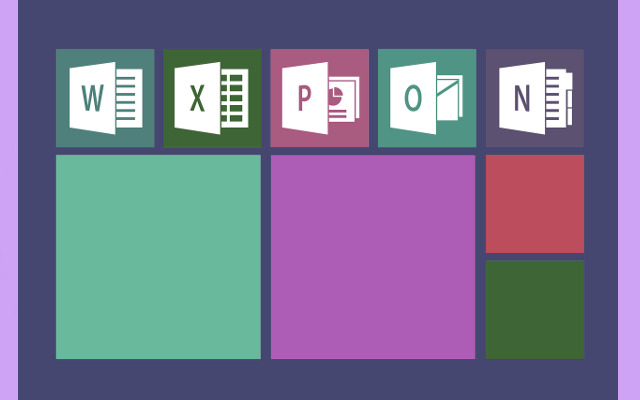Making a bootable USB installation media for Windows is normally straightforward but can be problematic in instances where the image files exceeded 4GB. Windows Imaging Format file, or install.wim is the major file that this problem affects, which is located in the sources folder of the installation media. BIOS/UEFI of the computer has to see the USB drive as bootable which is the problem here, implying the need to be formatted with the FAT32 file system. The FAT32 file system works by letting the size of files to be 4GB, thus the huge install.wim file can’t be switched over. This post shows you how to get around this problem easily and effectively, so you can make bootable USB media for any huge Windows installation image.
Creating Bootable Windows USB Media for Large WIM Files
Dividing the Big install.wim File
Using built-in Windows Deployment Image Servicing and Management (DISM) tool is the preferred way to get around the file size limit by breaking up the big .wim file. The DISM program can make install.wim file to be splitted into several smaller files. These files are called install.swm (Split WIM). The installation method is set up to find these divided files and put them back together automatically during setup.
When writing a command, putting the maximum size for each segment must be said, like a 3800MB to stay safely under the 4GB restriction and tell the output to go to the USB drive.
Example of syntax: This is what a normal DISM command might look like:
Dism /Split-Image /ImageFile: C:\Path\To\install.wim /SWMFile: E:\sources\install.swm /FileSize:3800 (E: is your USB drive and 3800 is the maximum file size.)

The NTFS Alternative for UEFI Systems
Some older systems and compatibility modes need FAT32, however most newer PCs that use UEFI technology can boot from a USB drive formatted with NTFS, which has no practical file size limit making things effortless by giving a single-step answer.
Formatting the USB drive as NTFS: Formatting the USB drive as NTFS instead of splitting the file, this is the easiest way to do it. This lets you copy the one big install.wim file right to the sources folder.
How to Make NTFS Bootable: Copying a small FAT32 bootloader file to the drive is needed because the basic boot files must be started through BIOS/UEFI. However, there’s still a best way to format the drive as NTFS which is through Microsoft Media Creation Tool, at the same time this makes sure that the boot files work with UEFI/GPT partitioning schemes. The bootsect command must be used when making the drive by hand in order to write the boot files to the NTFS partition.
Final Notes
The difficulty of making a Windows installation USB with a big install.The wim file is a common problem, but it’s not hard to fix. You can be sure that your installation media is reliable and ready to deploy any large Windows image, whether you choose to split the WIM file with DISM to keep FAT32 compatibility for maximum hardware coverage or format the USB drive with NTFS for modern UEFI systems for a faster solution. With this information, deploying Windows goes from being a difficult manual job to an easy administrative process.
Open your Windows — unlock endless possibilities!”






